Papersky magazine founder Lucas Badtke-Berkow speaks with Conor Mahon about his Japan-based cycling club that places local culture at its centre
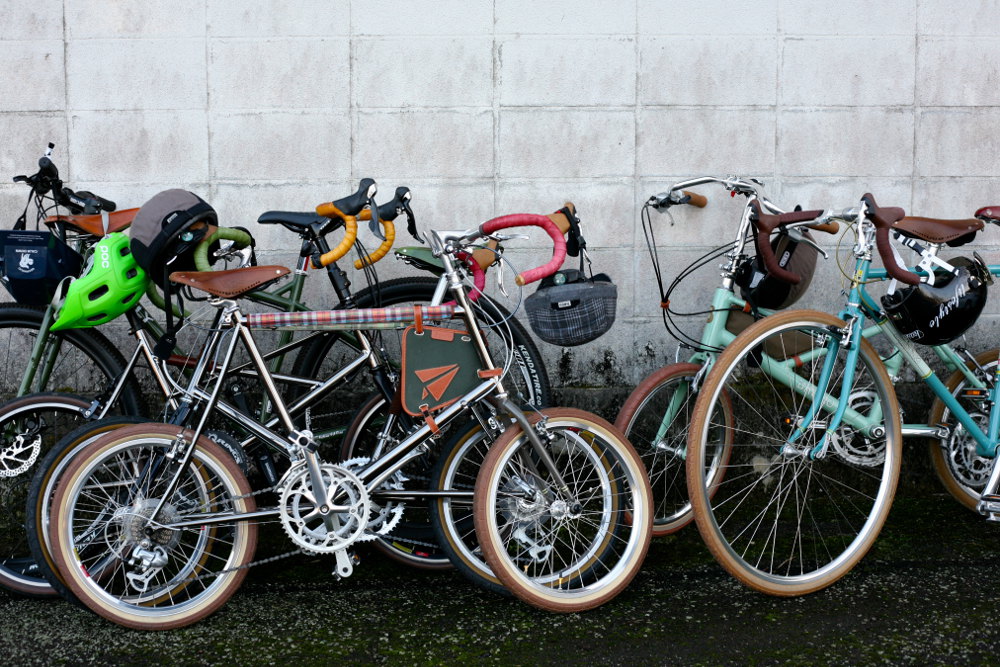
JAPAN WEEK: Lucas Badtke-Berkow came to Japan from the United States in 1993 and three years later he established Knee High Media Japan with his wife, Kaori Berkow. The publishing house was started in order to create a string of innovative print titles including children’s magazine Mammoth, MetroMin (the first free subway paper in Tokyo) and Papersky – a magazine celebrating travel and culture in Japan.
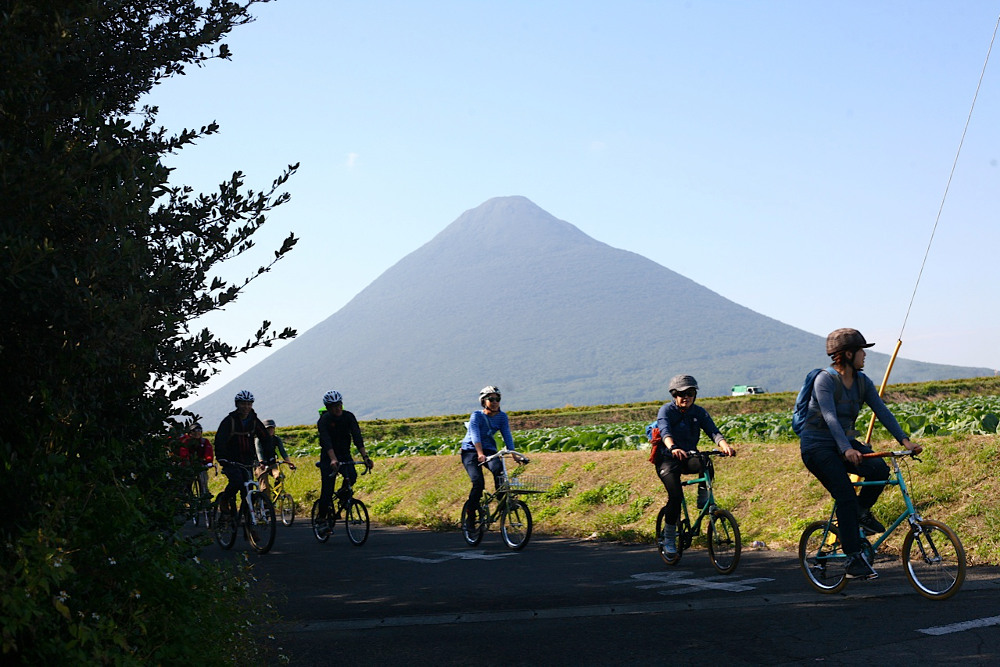
Papersky has built a unique interaction with its readership by hosting a series of activity-based clubs, one of the most popular being the Tour De Nippon – a series of cycle tours through rural Japan, which celebrate the local traditions, cuisine and industries that make up the many prefectures of the island nation. Here, Conor Mahon speaks with Badtke-Berkow to discuss Tour de Nippon, the bicycles you find in Japan and his love for the countryside.
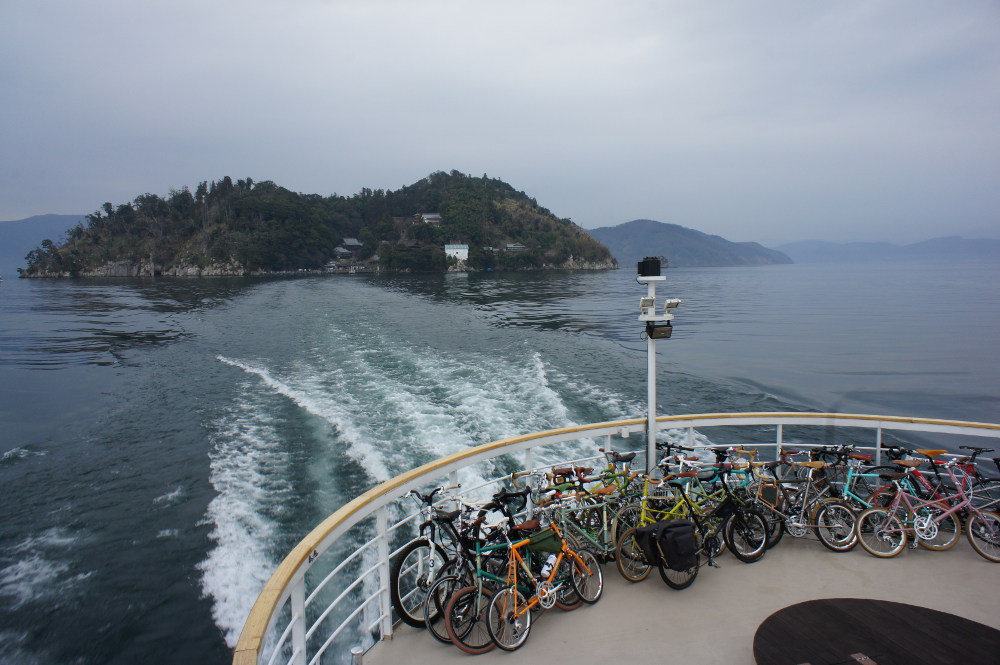
What was your first experience of cycling in Japan?
My first bicycle ride in Japan was on a Mamachari. In Japanese ‘Mama’ means ‘mom’ and ‘chari’ means bicycle – they are ridden by everybody and are very cheap. The easy-to-use low frame, big wheels and capacity to carry loads of groceries or kids are the reason for their popularity. I see them as the bicycle version of a ’70’s Chevy.
Why did you start Tour de Nippon?
I started it as a way to create a ‘real’ community around our magazine, Papersky. I wanted to expand and to create something more than a travel magazine printed on paper. These tours offer a media where the readers can not only enjoy the content but also experience a ‘true’ version of Japan, one that I have come to love. Participants on our tours see this reality through the local people, places and foods that make Japan unique.
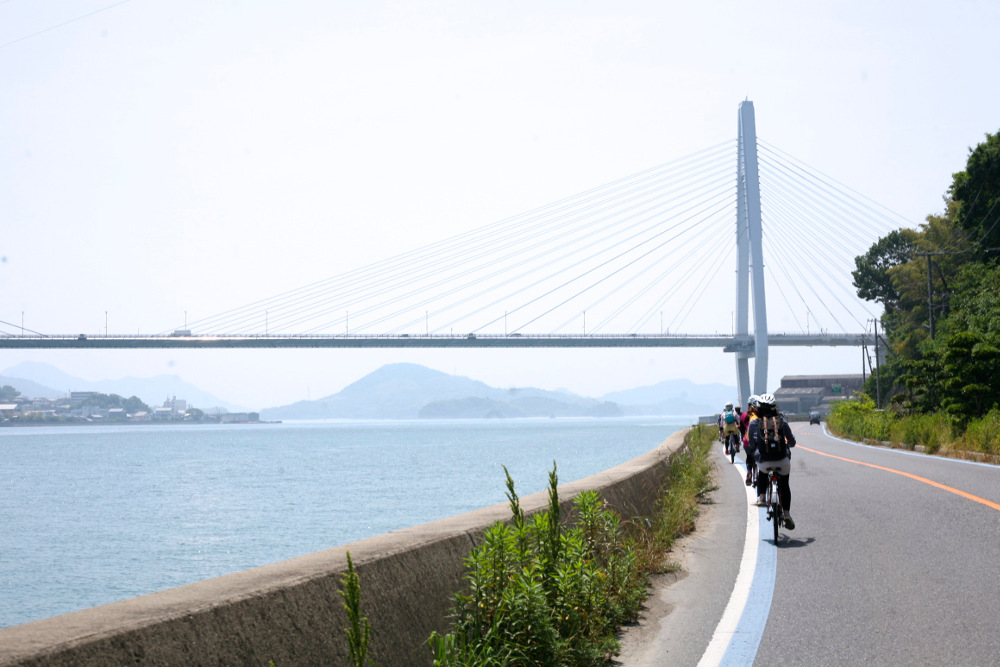
What benefits are there to seeing Japan by bike as opposed to train or tour bus?
I believe bicycles are the perfect way to travel. A bike will allow you to cover a large area in a single day and yet the place won’t fly past in a blur. You feel great after knowing that all the ground you covered was achieved by using your own energy. You get to feel the ‘air’ of these regions when you pass by small villages and towns as people cry out ‘Konichiwa’.
How would you describe the cycling culture in Japan? Are you experiencing a boom as we are here in the UK?
Yes, people here love their bicycles! We have all the popular road, mountain and cross bikes that you find in the UK, plus we have Keirin bicycles (track/fixed gear) and of course the beloved Mamacharis. For the Tour de Nippon we use mini velos, which are extremely fun to ride and spectacular to look at. The bicycles we use are easy to take on trains and planes but fast enough to easily cover the 40–50 km we cover on our routes.
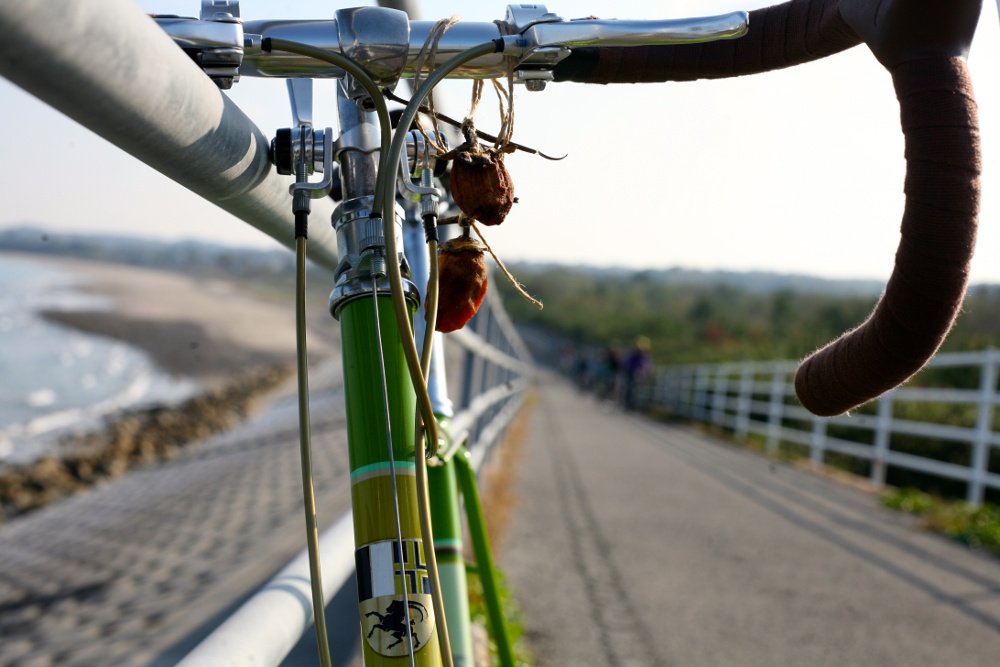
How do Japan’s prefectures differ in terms of a cycling experience?
There are 47 different prefectures and each has its own local culture, vocabulary, food, customs, festivals and nature. Since the Edo period (1603–1868), each area has taken great pride in their local identity. If you just see Tokyo, it’s easy to miss the diverse local culture that remains in rural Japan. One important role that the Tour de Nippon tours plays, is to offer a window into these local cultures.
As far as natural terrain goes, some prefectures are extremely mountainous and cool, even in the summer. Some offer small seaside towns with stunning beaches and beautiful views of the coast, while others have sand dunes and active volcanoes, as well as tropical forests and quiet inland sea areas, which are mostly found in southern Japan.
“Japan continues to carry on customs dating back hundreds of years and we want to share that knowledge with our riders”
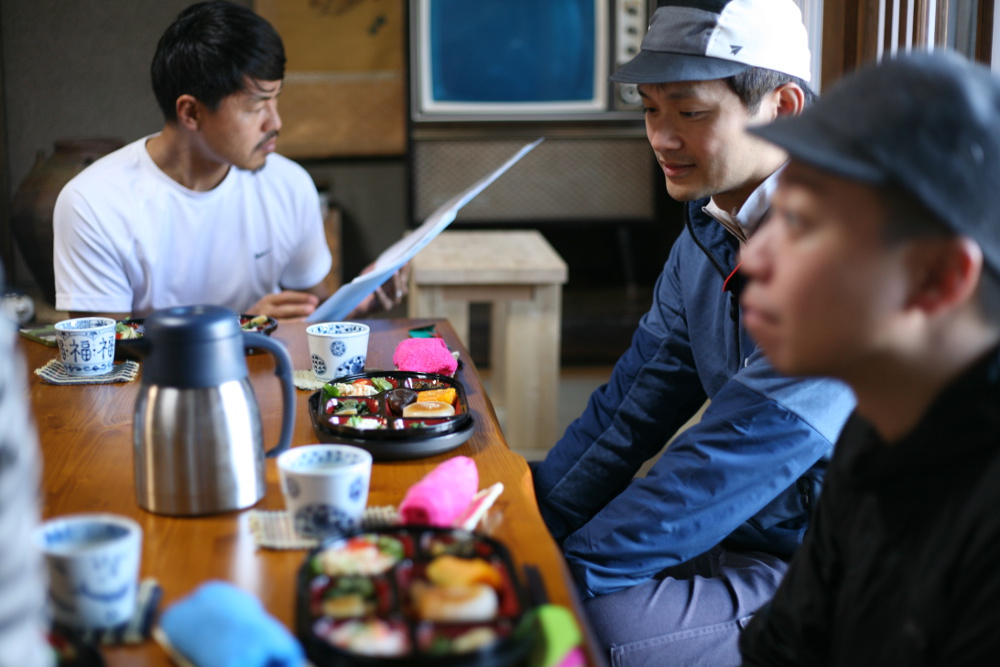
What’s the most challenging climb you’ve encountered on a tour and what route would you recommend for the seasoned cyclist?
Our tours in general are not too physically demanding. We spend an entire day taking in the cultures of different regions, so the tours are far from hardcore riding – you won’t see very much spandex.
We do try to offer a few steep hills during each ride, just to leave an impression. Many of the best climbs take us through mountains, the panoramic views are well worth the effort. Experienced cyclists appreciate that our tours offer a unique take on Japan and travel, but an element of physical challenge at the same time.
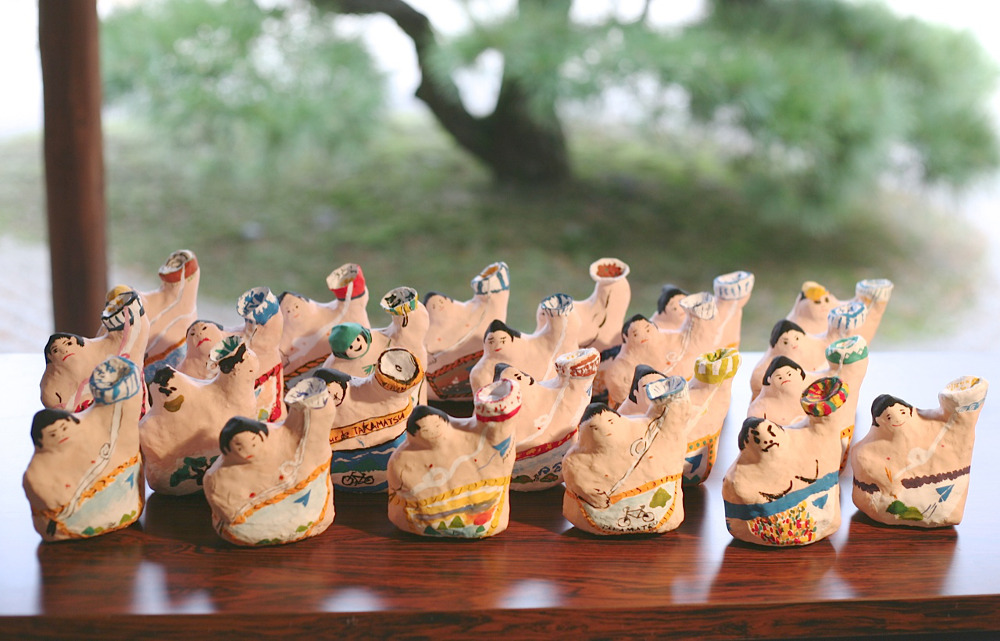
Your trips often include visits to sample local industry and meet craftspeople. Why do you feel this is an important aspect of Tour de Nippon?
Yes, we frequently visit local sake makers, breweries, farmers, artisans, potters, wood workers, and so on. Japan continues to carry on customs dating back hundreds of years and we want to share that knowledge with our riders. It’s extremely important for people to experience the beauty and history of these local industries first-hand. If our members are inspired to return or invest, then hopefully this will help these cultures to continue well into the future.
papersky.jp/tour-de-nippon-english
Click here to see videos of the Tour de Nippon




